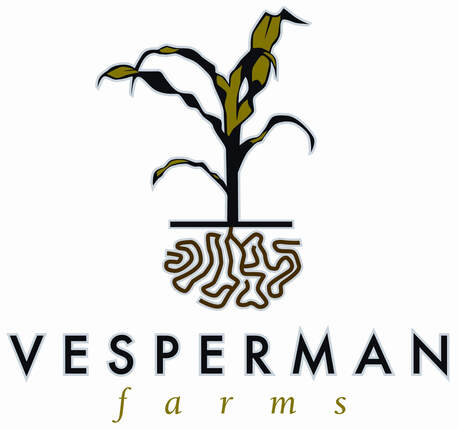|
This past weekend, I brought my little assistant to help transplant Bruce's giant pumpkins. Okay, he didn't help at all (these pumpkins need a practiced gardener, not a 2-year-old on a mission to move all the dirt in Grant County), but we did get to see the next step in giant pumpkins: getting them into the ground! Last week, Bruce planted six giant pumpkins, and Saturday he put two more in the ground. We helped with one. He trimmed up these baby bigs, removing flowers and extra leaves to get them ready for planting. Then we drove over to the field, which might not look like an action-packed place right now, but the real magic is about to start. Bruce plants these pumpkins sideways so they can follow the ground and so they don't break under their own weight as they grow. He spreads some Miracle Grow, kelp fertilizer, and a little insecticide for each plant to give it a bit of a boost, then he diligently gardens it for the next couple of months.
Each plant is planted about 20 feet away from each other to give them enough room to grow. The goal is to get them big enough and strong enough to have a pollinated pumpkin by the 4th of July, which means that soon this empty-looking field will be a sea a green leaves. These pumpkins can grow up to three feet in just a day, and Bruce says that to accomplish that amount of growth, they need the right amount of rain, good heat, and a lot of love. When I asked him how long he will spend with these plants in the next few months, he laughed and said: "You don't want to know." (Kyle added that Bruce spends more time with these eight giant pumpkins than he does with his 8-acres of normal-sized pumpkins!) My little gardener and I will be checking back in on these pumpkins in the next two weeks and we can't wait to see these plants grow!
0 Comments
Last week, I visited Bruce in his giant pumpkin nursery and learned a whole bunch of things about turning these big ol' seeds into big ol' pumpkins! Bruce gets his seeds from the Giant Pumpkin Growers Association, and he spends quite a few weeks marinating them in some special growing sauce and planting them into small starter pots. They spend a few days in Bruce's makeshift incubator, which is a small cooler rigged up with a lightbulb and kept at a certain temperature. When - and if - they germinate, these baby giants are moved from the cooler to a little bigger space: the back of Bruce's shop. There they stay safe from the cold temperatures under a heat lamp, and get the start they need to grow. The plants are all labeled (genetics in big pumpkin growing is a BIG deal - pun intended) and kept sorted until they are turned out to the field. This year, Bruce has about 10 pumpkins that have started to grow and each one has the potential to be a giant - one plant has grown from a seed that was harvested from a pumpkin that grew to over 1,000 pounds in size! In the next week (if it ever stops raining!), Bruce will be transplanting these future giant pumpkins. I'll be following along the whole process, so stay tuned to see how these babies grow and grow and grow!
"The pumpkin is a womb" is probably the most poetic thing I've ever heard Kyle say. But I guess after 20+ years of growing, there's a lot of love between the pumpkin and this pumpkin farmer. Today the crew is finishing planting the 7-acre pumpkin patch at the farm. We plant a few varieties, from small cooking pumpkins to bigger ones for carving. In the next week or so, the pumpkins will start to pop out of the ground, and in 95-115 days, they will be fully grown, ready for fall. Planting this year has taken about three days. The rain, including the spectacular cloudburst on Friday night, delayed us a few times. But the hot weather the last two days made for a great day of planting today! To plant the pumpkins, Kyle uses a modified corn planter - an old Case plate planter - which seats two people, each in front of a seed hopper. These helpers drop seeds into into the hopper, which disperses the seed into the furrows. It's a hot, slow job, but it used to be a lot more painstaking. Like all things here at the farm, Kyle has constantly innovated his process - today we plant more pumpkins than we ever have, but at least it's not all on our hands and knees! When I asked Kyle about what he's learned after all these years of growing pumpkins, he said it just comes down to weather and timing. Pumpkins need a good amount of rain right after planting to establish their root structure and develop their vines, but the hot, dry heat of August is perfect for when they are setting fruit. Last year was one of the best years for pumpkins: a lot of rain in July and a hot, dry August and early September.
It was during this conversation that I learned the pumpkin itself is really just a vessel (or womb, as Kyle said, to my delight) for the pumpkin seed. The pumpkin grows the outer skin and pulp during hot weather, which in turn serve as protective covering for those seeds. The pumpkin protects its seeds until the outer portion breaks down, releasing these soon-to-be pumpkins into the ground and starting the growing process all over again. So the next time you find a whopper in the patch, give it some credit: it's been doing a really good job. And now I have a lot of questions about which came first: the pumpkin or the seed? |
Vesperman FarmsFun on the farm...in blog form! Archives
August 2021
Categories
All
|
|

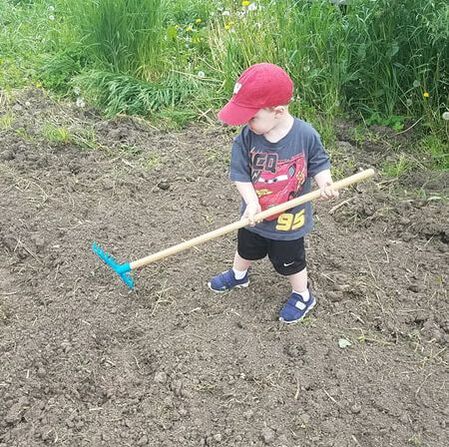
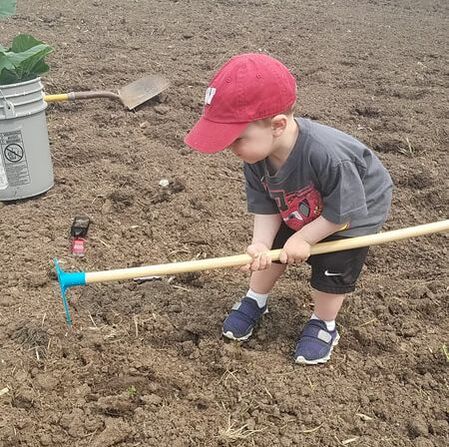
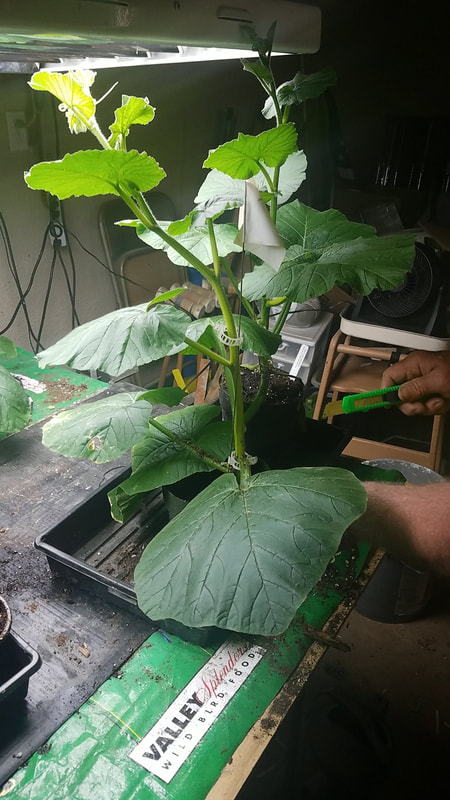
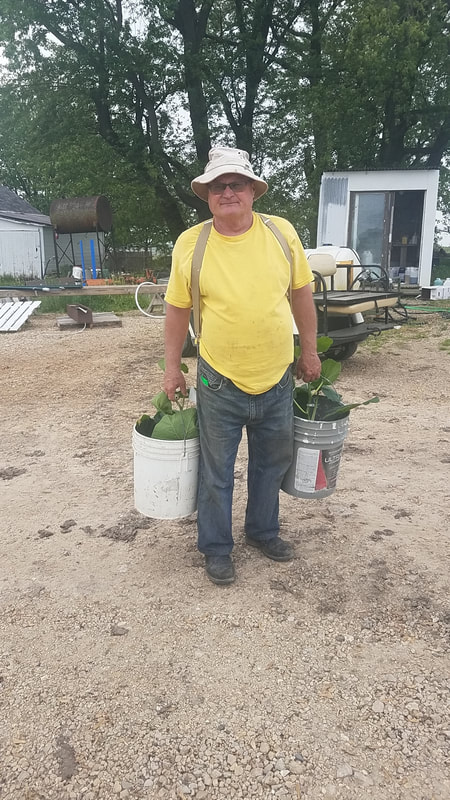
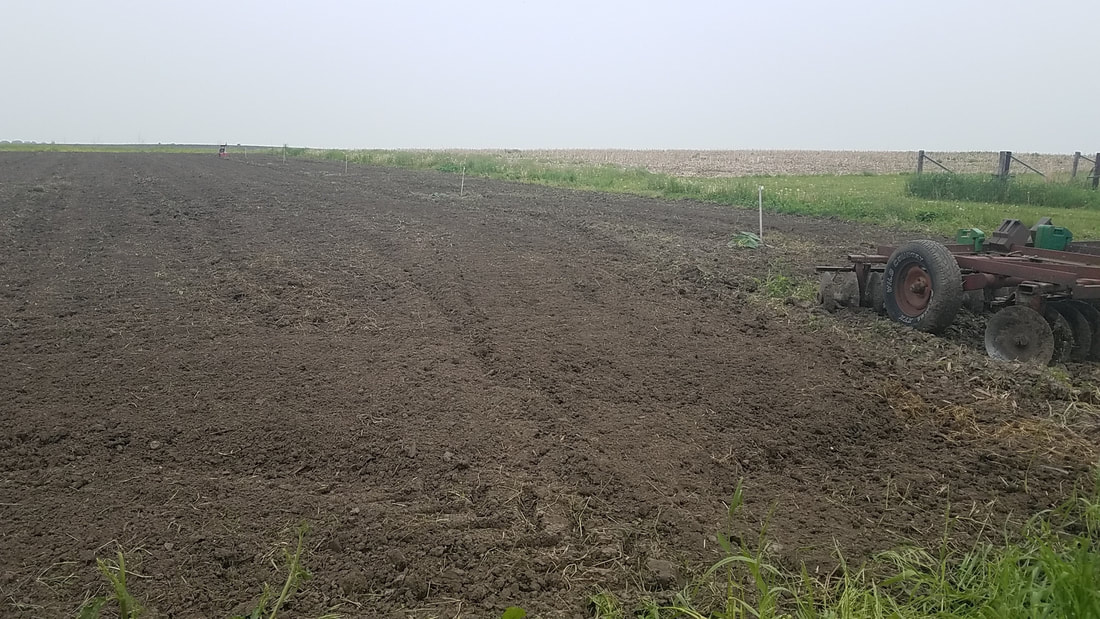
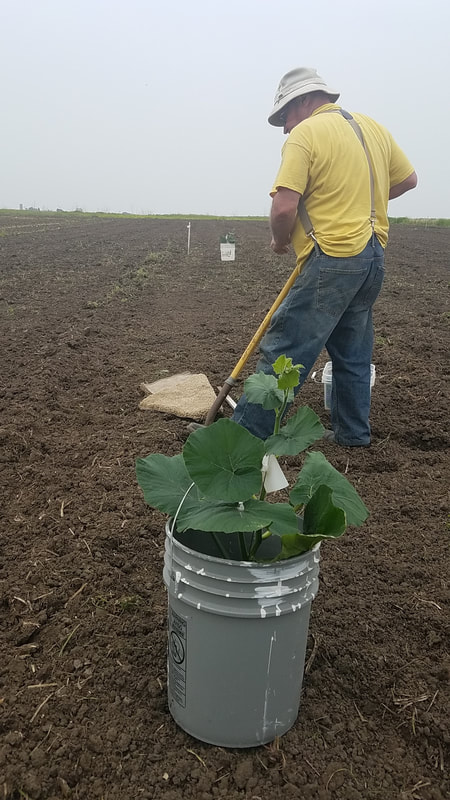
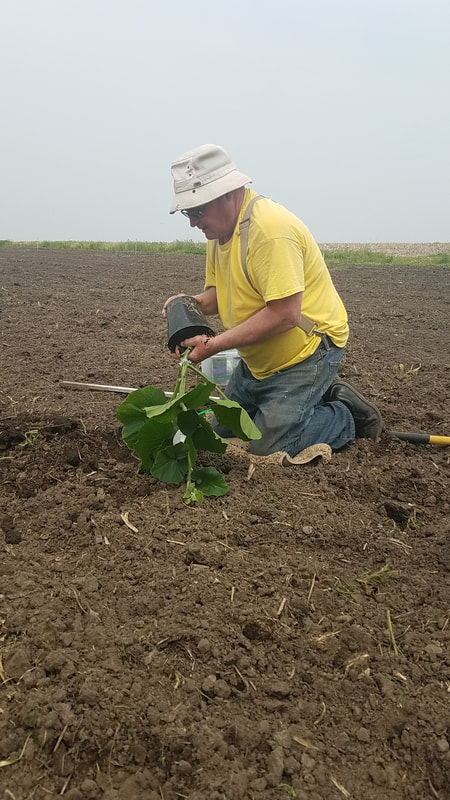
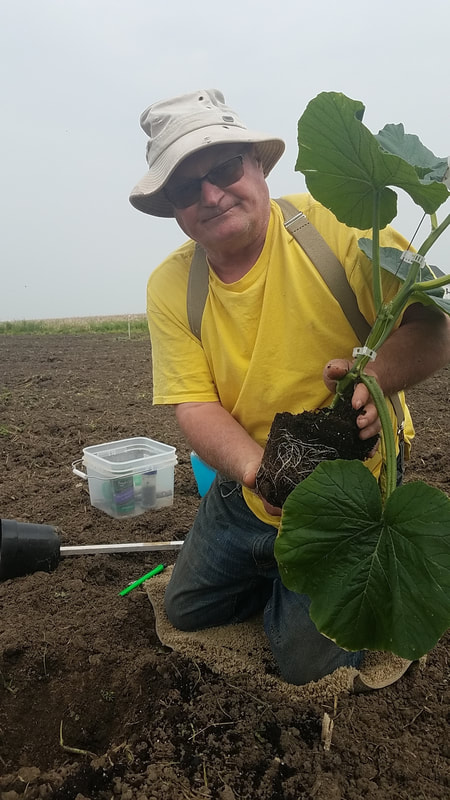
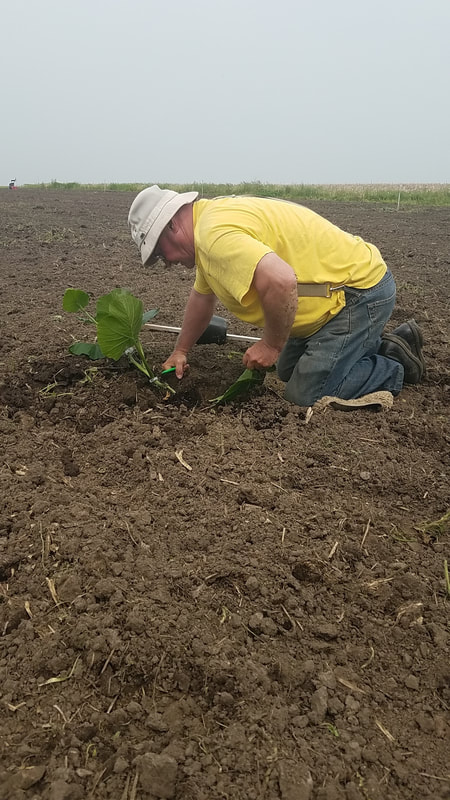
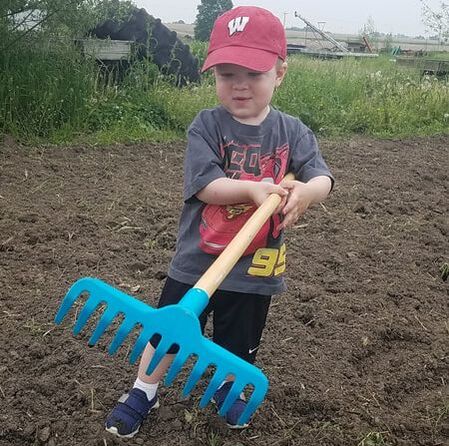
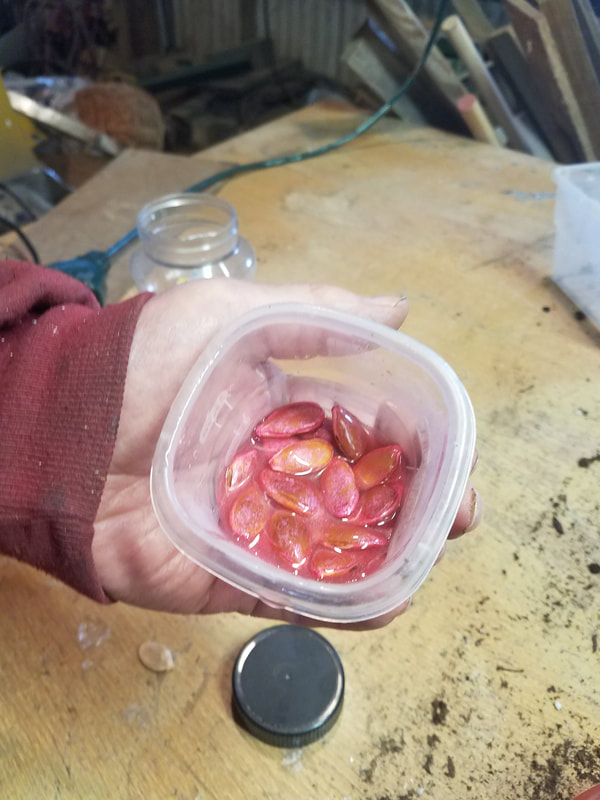
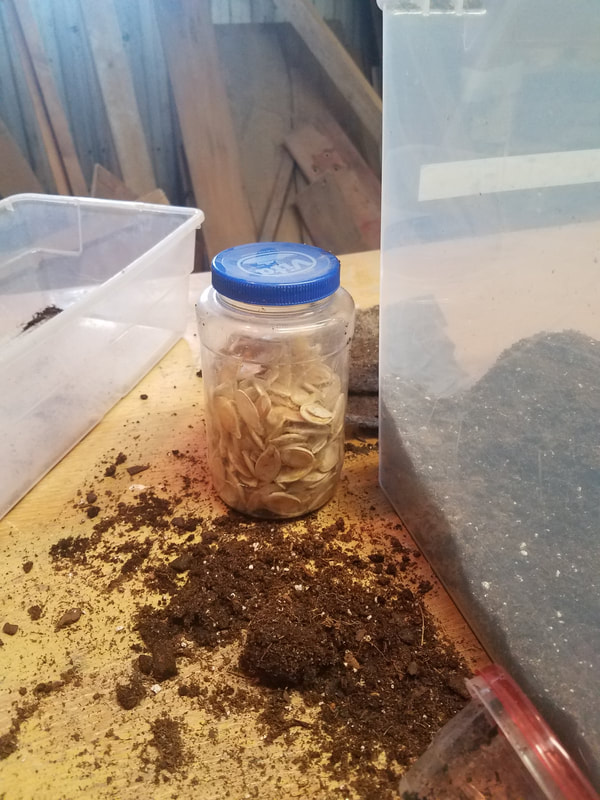
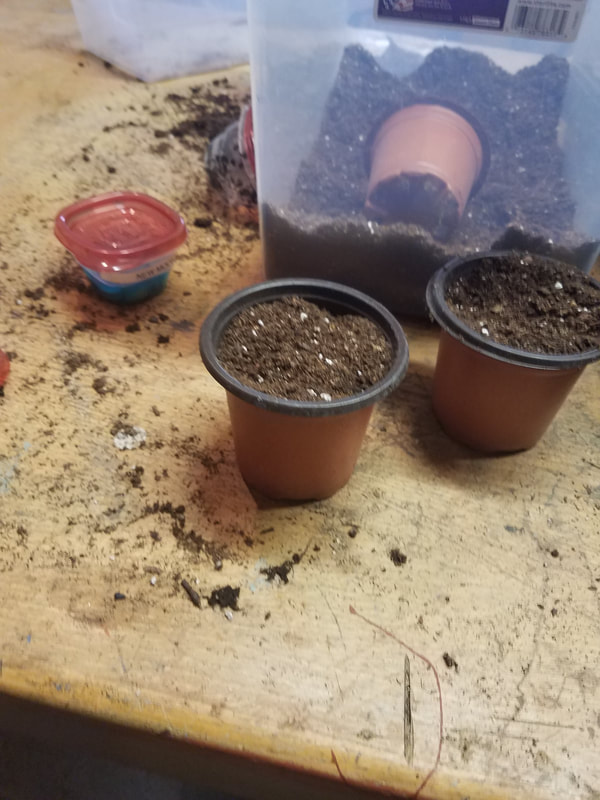
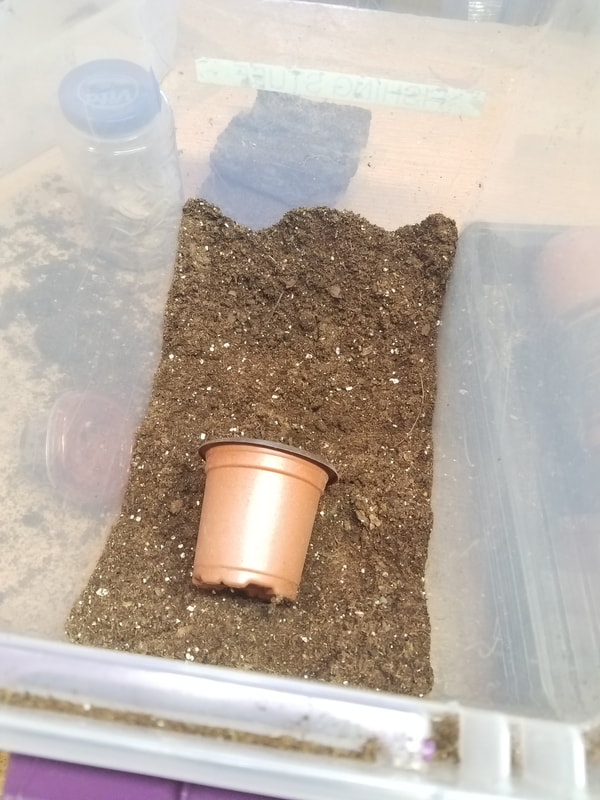
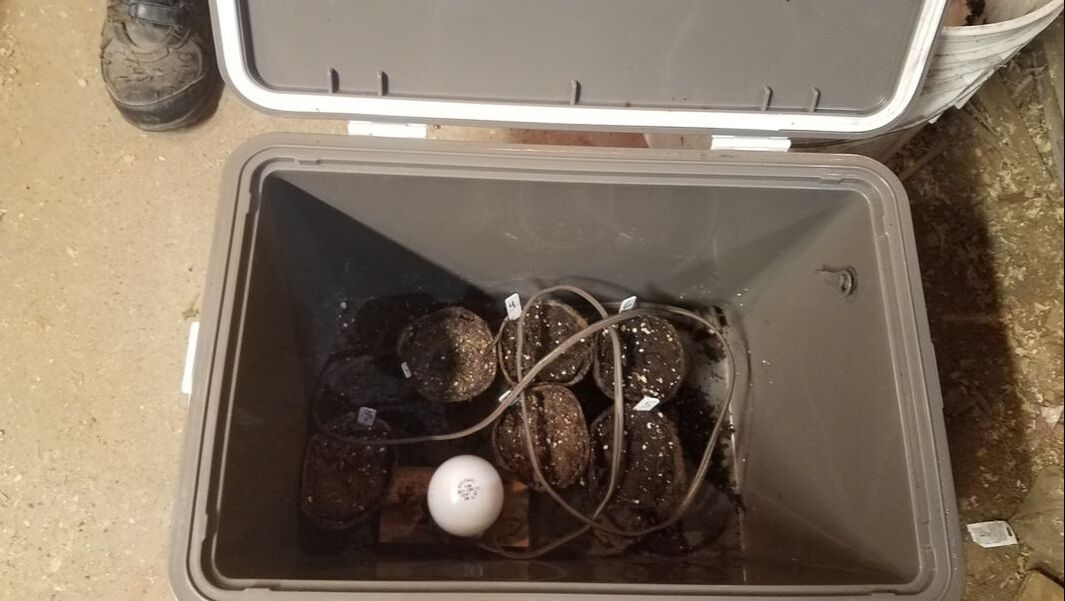
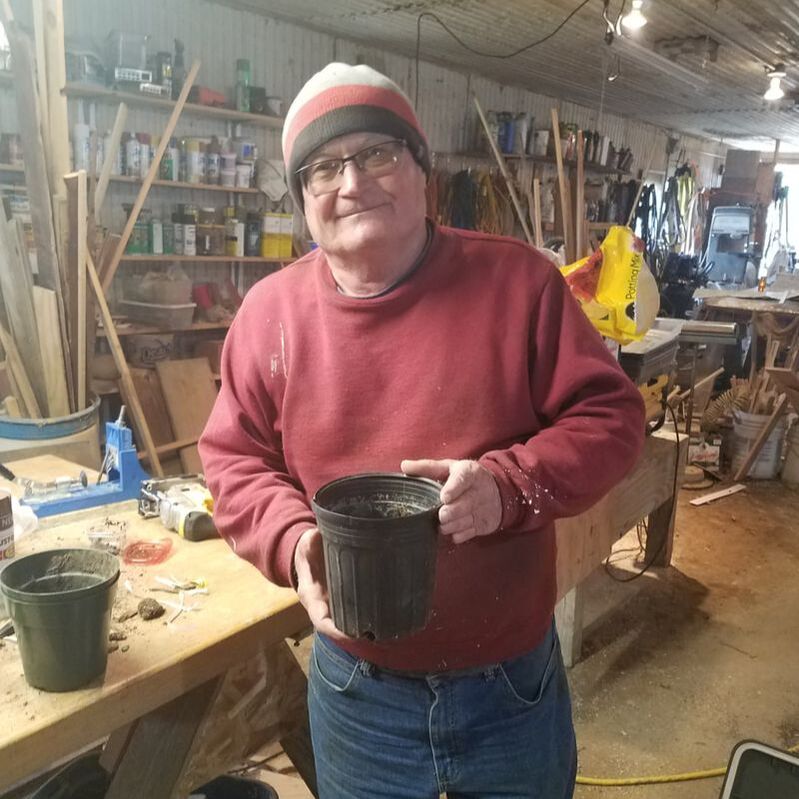
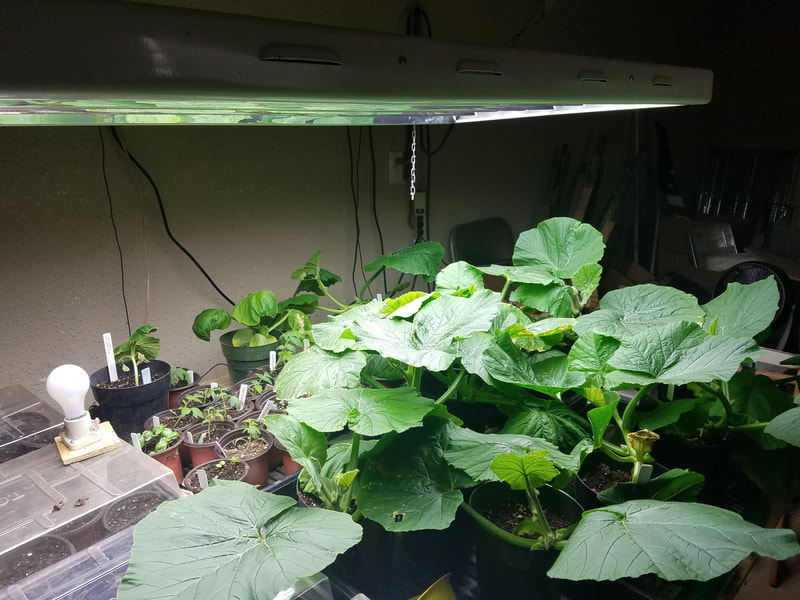
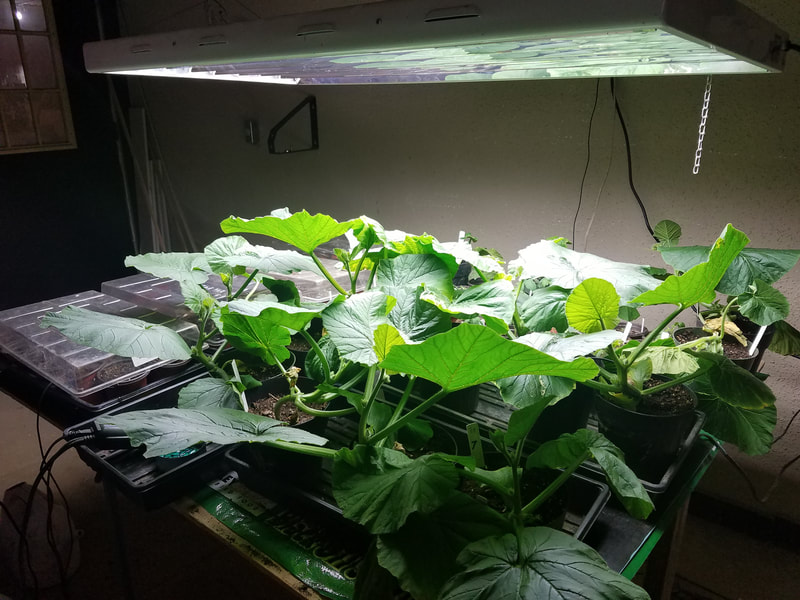
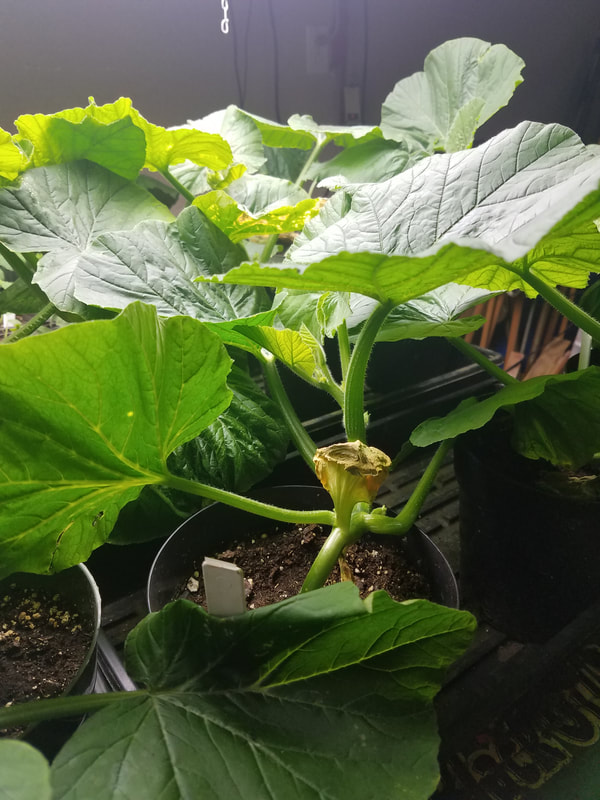
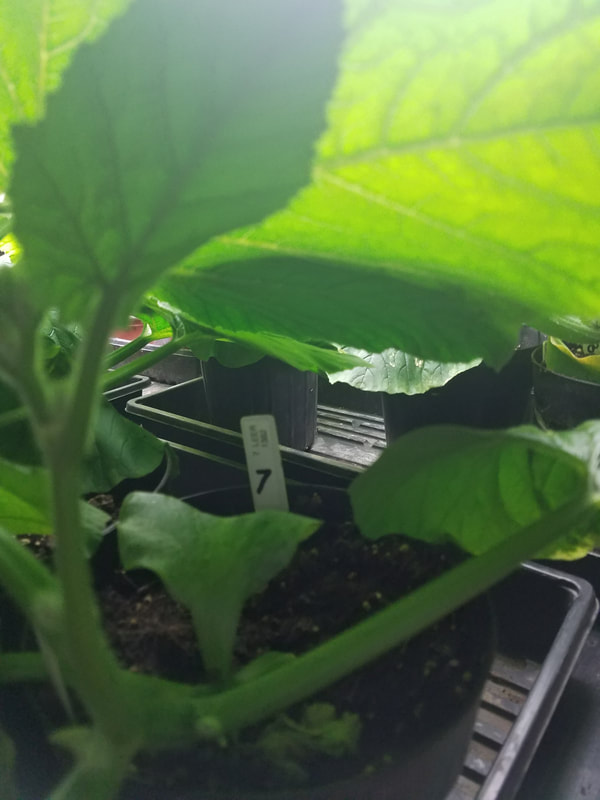
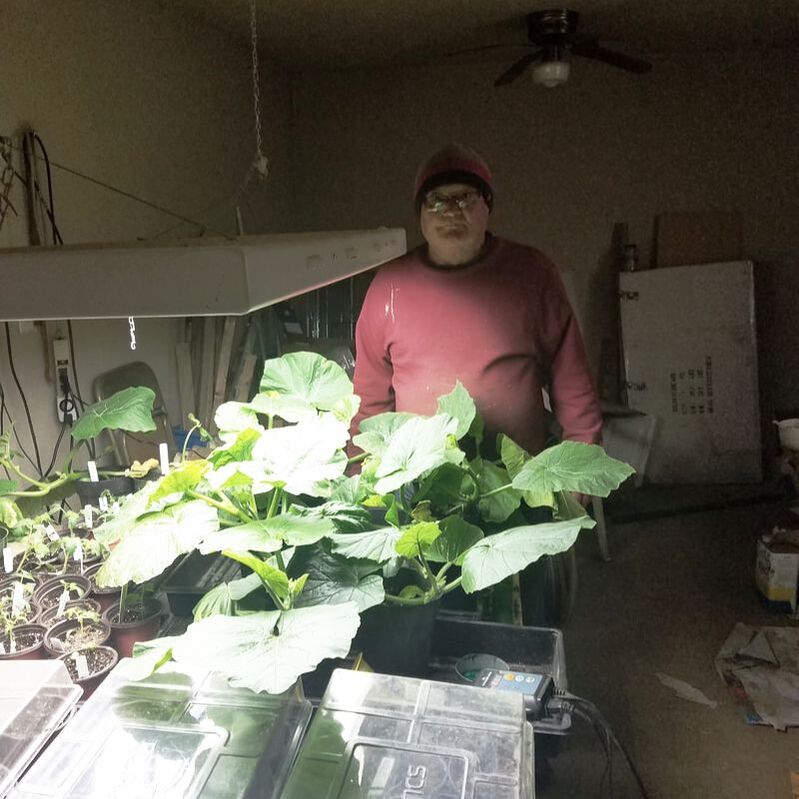
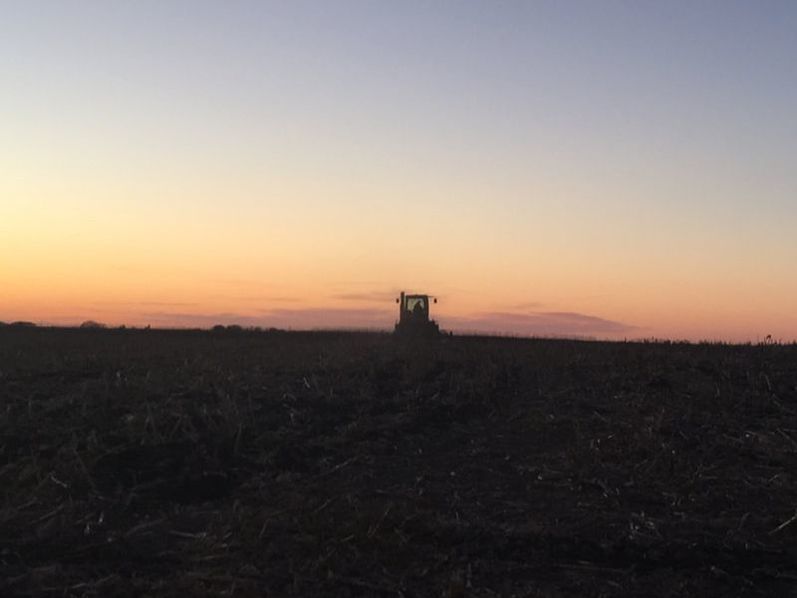
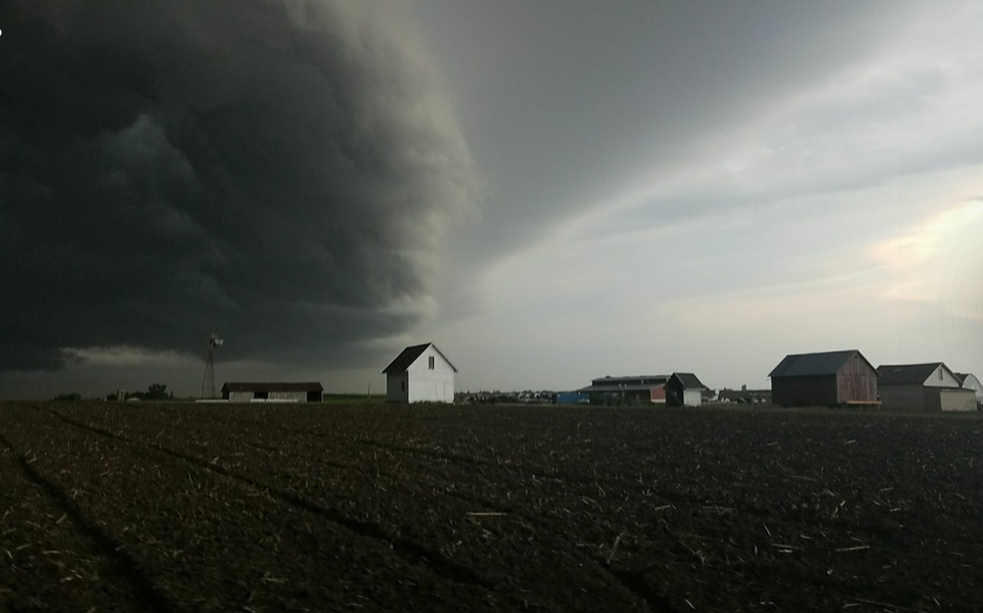
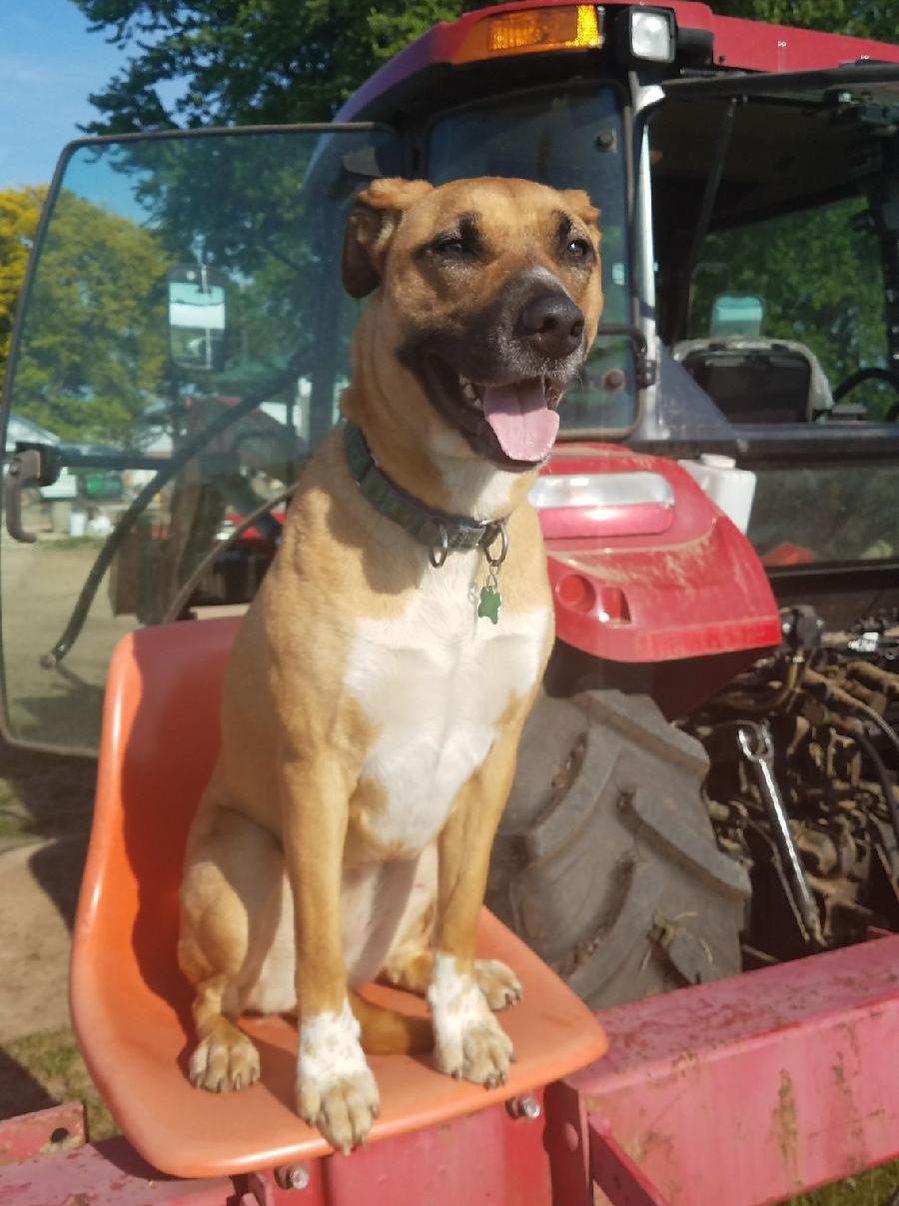
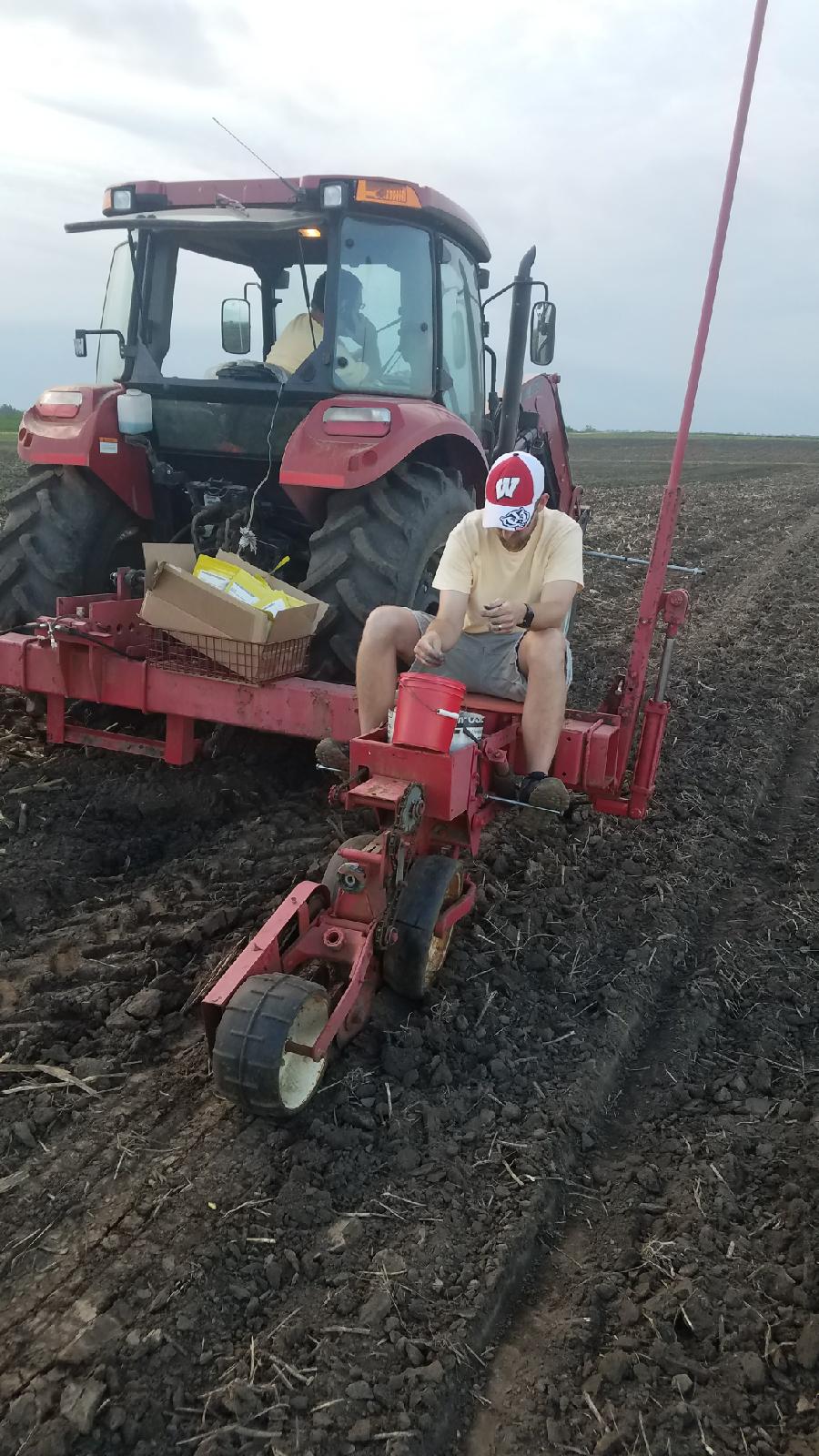
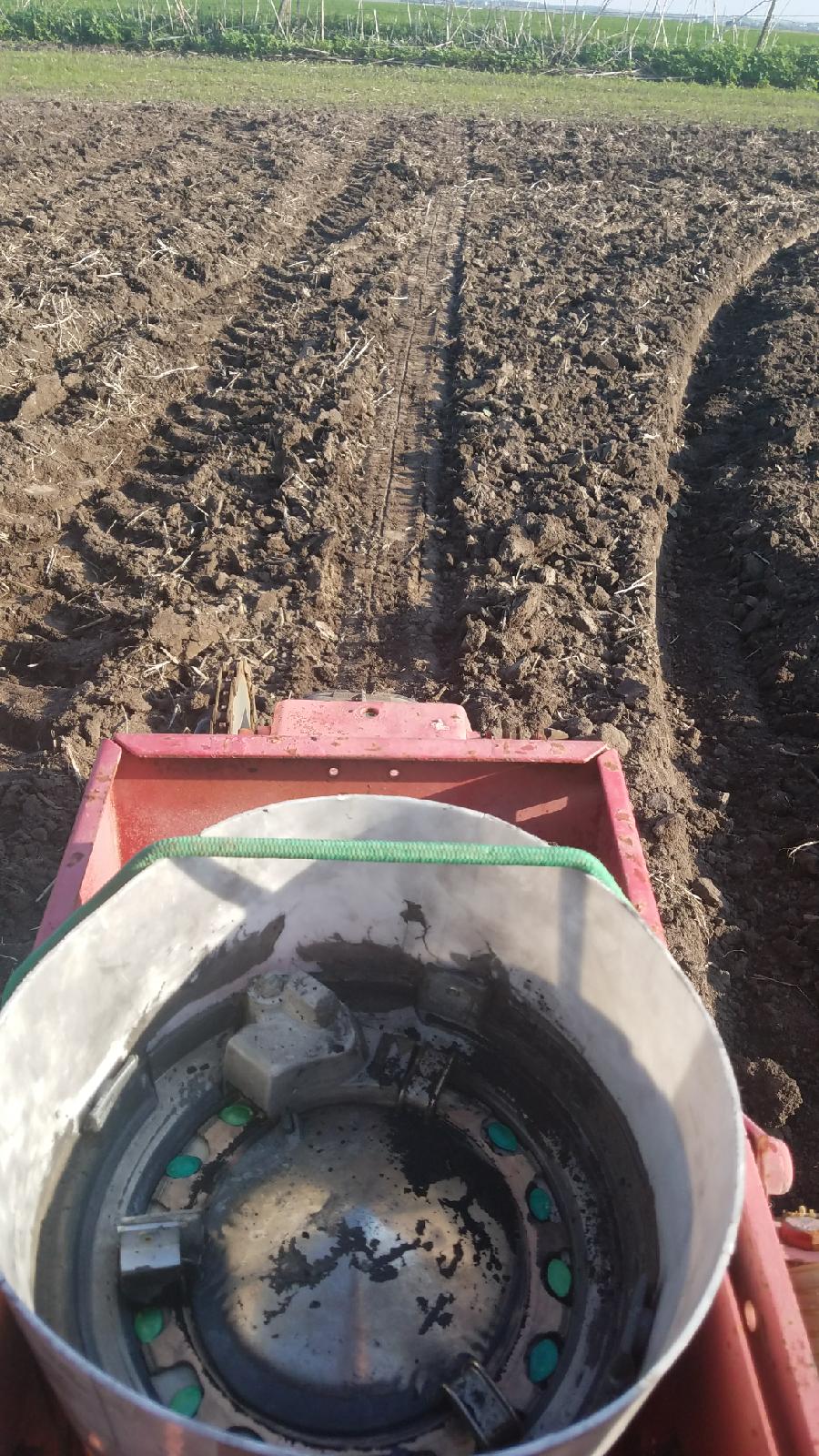
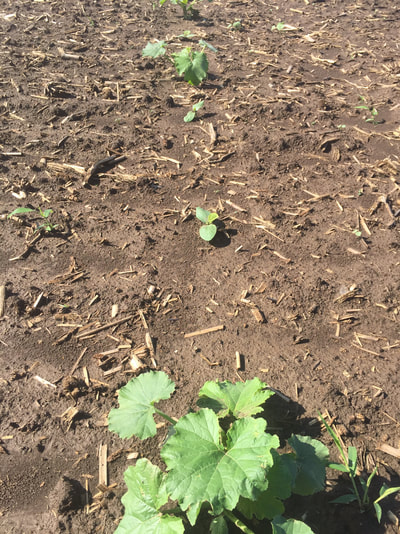
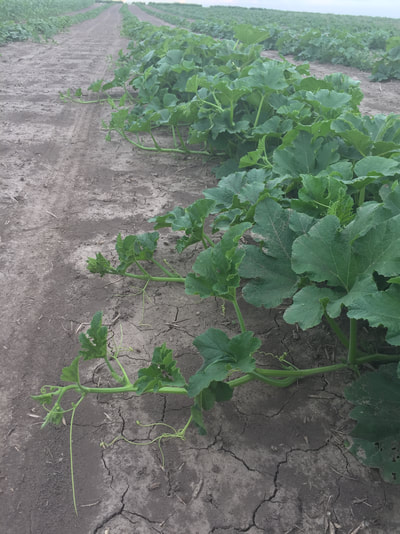
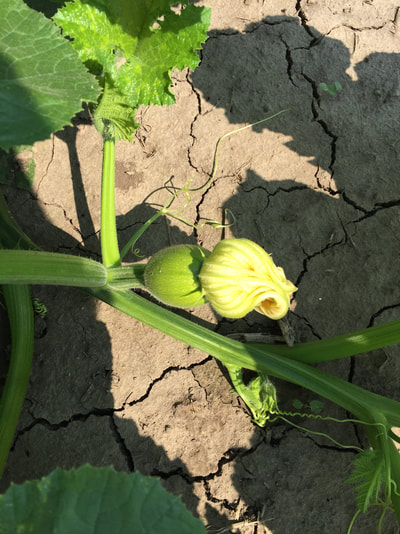
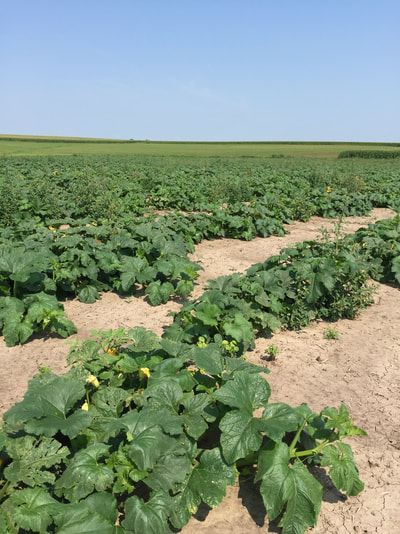
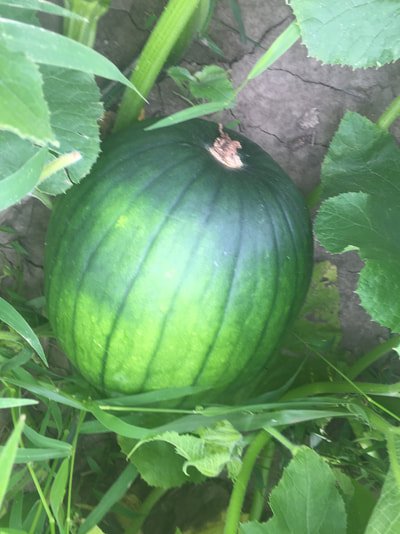
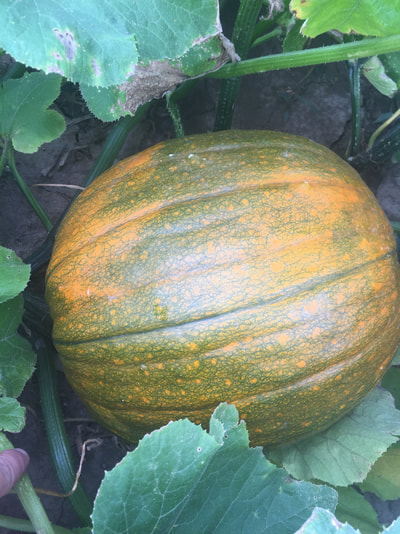
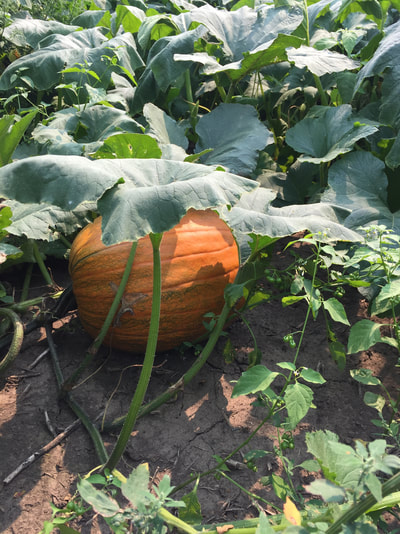
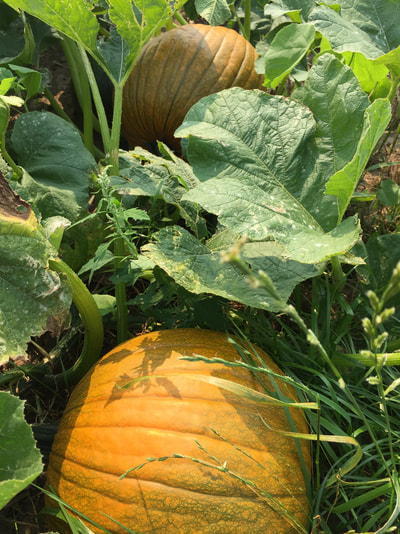
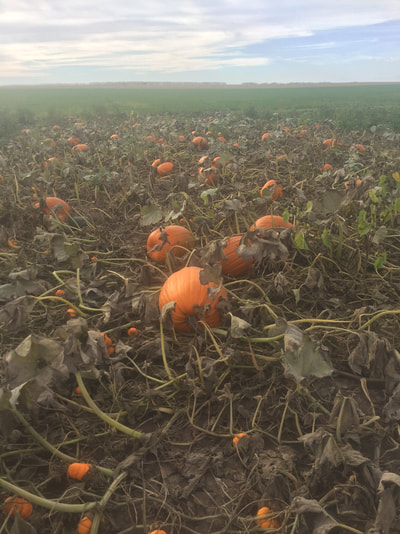
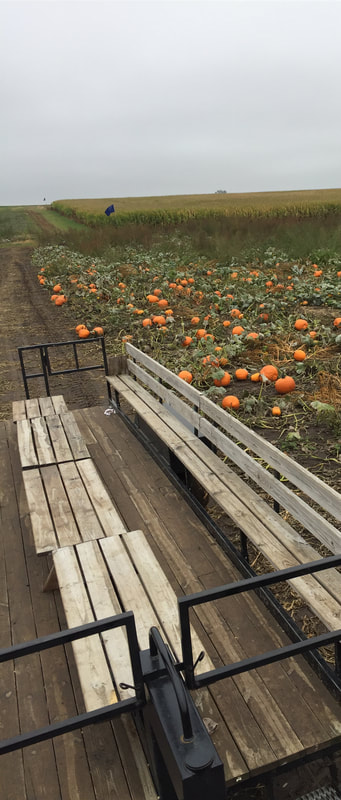
 RSS Feed
RSS Feed
